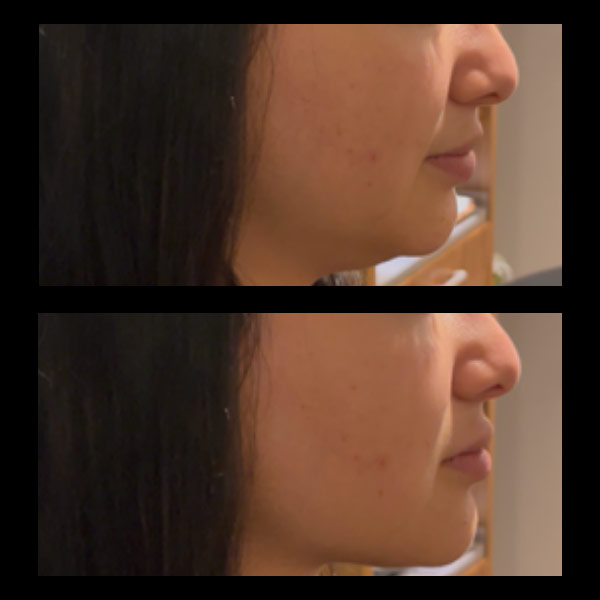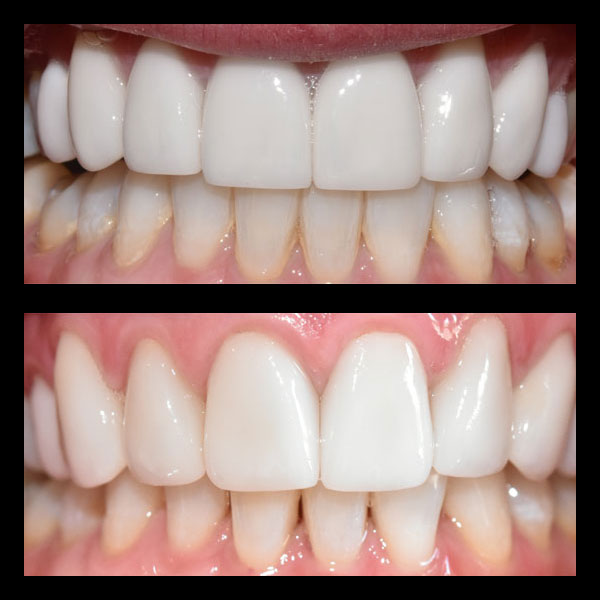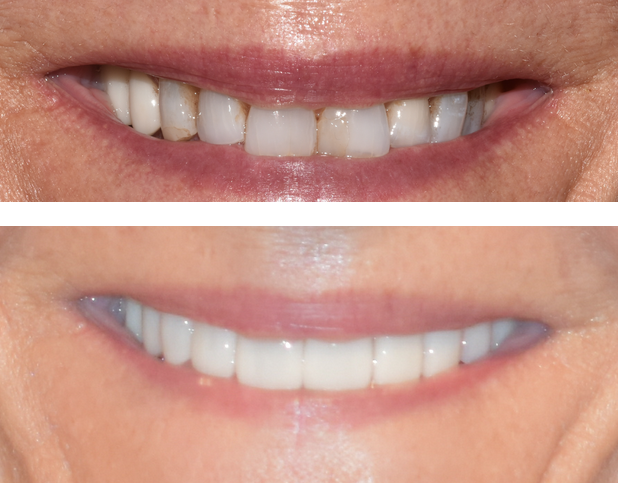Hello there! It’s wonderful to connect with you today. As someone who’s spent over three decades immersed in the world of dentistry right here in Boulder, I’ve seen firsthand the incredible journey tooth replacement has taken. We’ve come a long, long way from the days when losing a tooth meant settling for cumbersome dentures or bridges that often required altering healthy neighboring teeth. Today, dental implants are widely recognized as the gold standard, offering a permanent, stable, and remarkably natural-feeling solution. But the evolution doesn’t stop there. Right now, in April 2025, we’re in an exciting era where cutting-edge digital technology is revolutionizing how we approach implant dentistry, merging surgical precision with true artistry. If you’re contemplating dental implants, understanding these advancements is key to appreciating the level of care and the quality of results now possible.
Revolutionizing Dental Implants with Digital Precision
Think back to traditional methods for a moment. While dentists have successfully placed implants for decades, the process often relied heavily on 2D X-rays and manual planning. This sometimes involved a bit of, shall we say, educated estimation when it came to navigating the intricate structures within the jawbone. While skilled hands achieved good results, there was always room for improvement – more precision, more predictability, less invasive procedures. That’s where the digital revolution steps in, and honestly, it’s a game-changer.
The integration of digital scanning and 3D imaging has fundamentally transformed how we plan and execute dental implant procedures. Imagine being able to see your jawbone, nerves, and sinus cavities in a precise, three-dimensional map before any surgery even begins. That’s exactly what technologies like Cone Beam Computed Tomography (CBCT) allow. Coupled with highly accurate intraoral digital scanners that create detailed 3D models of your teeth and gums (goodbye goopy impression material!), we now have an unprecedented level of anatomical information at our fingertips. This isn’t just cool tech; it translates directly into significant clinical benefits. We can plan the *exact* optimal position, angle, and depth for implant placement with incredible accuracy. This meticulous planning minimizes risks, often allows for less invasive surgical techniques (sometimes called guided or ‘flapless’ surgery), and leads to far more predictable and reliable long-term outcomes. For patients here in Boulder seeking the most advanced, high-tech dental solutions, these developments mean greater confidence, comfort, and ultimately, a better, faster path to a restored smile.
The Science Behind Digital Scanning and 3D Imaging
So, how does this digital magic actually work? Let’s break it down. It usually starts with an intraoral scan. We use a small, wand-like device – an intraoral scanner – to capture thousands of pictures per second inside your mouth. Sophisticated software stitches these images together in real-time, creating a highly accurate, full-color 3D digital model of your teeth and surrounding gum tissues. It’s fast, comfortable (way better than biting into that tray of impression putty!), and yields incredibly detailed results.
Next comes the 3D imaging, typically using Cone Beam Computed Tomography (CBCT). This advanced X-ray technology provides a detailed, three-dimensional view of your underlying bone structure, nerve pathways, sinus locations, and the roots of adjacent teeth. Unlike traditional flat, 2D X-rays, CBCT gives us depth and volume, allowing us to measure bone density and dimensions with pinpoint accuracy. This is crucial for determining if you have sufficient bone for an implant or if bone grafting might be needed, and for precisely mapping out the safest placement trajectory.
Here’s where the planning gets really sophisticated. We merge the data from your intraoral scan (surface details) with the CBCT scan (internal structures) in specialized software. This creates a complete virtual model of your mouth and jaw. On this digital model, we can simulate the entire implant procedure. We virtually place the implant, choosing the ideal size and type, positioning it perfectly relative to adjacent teeth and vital structures. We can even design a surgical guide – a custom template created using 3D printing technology – that fits precisely over your existing teeth or gums during surgery. This guide has small sleeves that direct the drill exactly according to the pre-planned position and angle. It’s like having a GPS system for implant placement!
The benefits for you, the patient, are substantial. This level of planning means:
- Enhanced Accuracy: Minimizing the chance of errors or surprises during surgery.
- Increased Safety: Precisely avoiding nerves, blood vessels, and sinus cavities.
- Often Less Invasive Surgery: Guided techniques can sometimes allow for smaller incisions or even no incisions (‘flapless’ surgery), reducing post-operative discomfort and swelling.
- Faster Procedures: With a precise plan and guide, surgical time can often be reduced.
- Improved Comfort: Starting with the elimination of traditional impressions and potentially ending with a quicker, smoother recovery.
Essentially, these technologies allow us to design implants that are meticulously tailored to your unique anatomy, setting the stage for optimal function and a beautiful, natural-looking result.
Artistry in Implant Design: Merging Science with Aesthetics
While the precision offered by digital technology is remarkable, dental implants are about more than just filling a space. They’re about restoring your smile, your confidence, and your ability to eat and speak comfortably. That’s where artistry comes into play, and thankfully, technology enhances this aspect too. A truly successful implant doesn’t just need to be functionally sound; it needs to look like it *belongs* there, seamlessly blending with your natural teeth.
Digital planning allows us to visualize the final outcome before we even start. We’re not just thinking about where the implant post goes into the bone; we’re considering how the final crown (the visible tooth part) will emerge through the gums, its shape, its color, and how it relates aesthetically to the neighboring teeth and your overall facial features. Using the digital models, we can design the implant position to support ideal gum contours, ensuring the restoration looks lifelike, not artificial. It allows us to collaborate closely with our dental lab technicians, sharing detailed digital information to craft restorations that match your natural dentition perfectly.
Furthermore, achieving a beautiful result often involves considering the bigger picture – your overall bite and facial harmony. At Incredible Smiles, we incorporate principles of physiologic (neuromuscular) dentistry. This means we look beyond just the teeth to consider how your muscles, joints (TMJ), and bite work together. Placing an implant isn’t just about the implant itself; it’s about how it integrates into your entire oral system. Precise digital planning helps us ensure the implant supports a balanced, comfortable bite, reducing potential strain on your jaw joints and contributing to the long-term health and stability of your entire smile. This holistic approach ensures that the final result isn’t just aesthetically pleasing but also enhances your overall oral health and function. It’s truly a fusion of scientific precision and artistic vision, tailored specifically to you.
Experience and Expertise at Incredible Smiles in Boulder
Here in Boulder, we at Incredible Smiles have always been passionate about embracing technology that elevates patient care. We’ve integrated these powerful digital tools – including advanced 3D cone beam imaging and precise digital scanning – right into our practice because we believe they are essential for delivering the highest standard of implant dentistry. It’s not just about having the technology; it’s about having the experience and expertise to leverage it fully for each patient’s unique needs.
Our workflow is meticulous. From your initial consultation, we utilize digital scanning to capture comfortable, accurate impressions. Our CBCT imaging provides the detailed anatomical roadmap necessary for safe and precise planning. Dr. Priya Uppal and Dr. Lori Kemmet, along with our dedicated team, bring decades of combined experience and a keen artistic eye to this planning phase. They don’t just look at the scan; they consider your facial aesthetics, your bite dynamics, and your long-term oral health goals.
Using this comprehensive digital information, we map out every step, often utilizing custom surgical guides to ensure the plan is executed flawlessly. This commitment to precision allows us to achieve results that are not only functionally excellent but also look and feel incredibly natural. Whether you need a single implant, multiple implants, or are considering a full mouth reconstruction involving implants, our process is designed for optimal outcomes.
Our holistic, physiologic approach ensures that your new implant(s) integrate harmoniously with your bite and jaw function, contributing to overall wellness. We offer a range of implant-related services, from placement and restoration to complex full mouth reconstructions, all within our warm, spa-like environment designed for your comfort. We believe that combining cutting-edge technology, deep expertise, and a personalized, patient-centered approach is the key to creating beautiful, functional, and long-lasting smiles.
The advancements in dental implant technology are truly exciting, offering unprecedented levels of precision, comfort, and aesthetic possibility. Digital scanning and 3D imaging are no longer futuristic concepts; they are integral parts of modern, high-quality implant care available right here in Boulder.
If you’ve been considering dental implants to restore your smile and confidence, there’s never been a better time. The combination of digital precision and experienced artistry ensures results that are predictable, beautiful, and built to last.
Ready to explore how next-generation dental implants can transform your smile? We invite you to schedule a consultation at Incredible Smiles. Let’s discuss your goals and show you how our blend of technology, expertise, and personalized care can help you achieve the healthy, radiant smile you deserve. Give us a call or book online today – we look forward to meeting you!
Frequently Asked Questions
What are the benefits of using digital scanning and 3D imaging for dental implants?
Digital scanning and 3D imaging provide enhanced accuracy, increased safety, often less invasive surgery, faster procedures, and improved comfort. These technologies allow for precise planning and execution of implant placement, minimizing risks and improving outcomes.
How does 3D imaging differ from traditional 2D X-rays in dental procedures?
3D imaging, such as Cone Beam Computed Tomography (CBCT), provides a detailed view of the bone structure, nerve pathways, and sinus locations in three dimensions. This contrasts with flat, 2D X-rays, offering depth and volume for more accurate assessments and planning.
What role does digital technology play in implant aesthetics?
Digital technology helps visualize and plan the ideal implant position to support natural-looking gum contours and natural tooth aesthetics. It allows for collaboration with dental lab technicians to create restorations that seamlessly blend with natural teeth.








